Moscato and Sauvignon Blanc are two popular white wine varieties with distinct characteristics, origins, and flavor profiles. With an impressive lineage dating back centuries, both wines have earned their place in the hearts and cellars of wine enthusiasts worldwide. This article aims to explore the differences between these two popular wines, helping readers gain a better understanding of each and find the perfect pairing for their palates.
Moscato, originating from Italy, is famously known for its sweet flavors and floral aromas. On the other hand, Sauvignon Blanc, primarily produced in France and New Zealand, offers a refreshing touch of acidity with prominent notes of green fruit and herbaceous undertones. Both wine types can be versatile depending on their winemaking process, resulting in a range of styles suitable for a variety of culinary pairings and occasions.

Key Takeaways
- Moscato and Sauvignon Blanc have distinct flavors and origins
- Grape characteristics influence the wines’ taste and acidity levels
- Different styles and food pairings cater to individual preferences
Understanding Moscato and Sauvignon Blanc
Moscato and Sauvignon Blanc are two popular white wines that differ in taste, aroma, and food pairings. Both wines have a unique profile, catering to different palates and occasions.

Moscato
This is a sweet, fruity wine originating in the Piedmont region of Italy. Made from the Muscat grape, it has a lower alcohol content compared to other wines. Moscato’s sweetness and fragrant aroma make it a popular choice for dessert pairings and casual sipping. It often features notes of peach, nectarine, and orange blossom. In addition, Moscato is available in diverse styles, such as still, sparkling, and even pink Moscato.
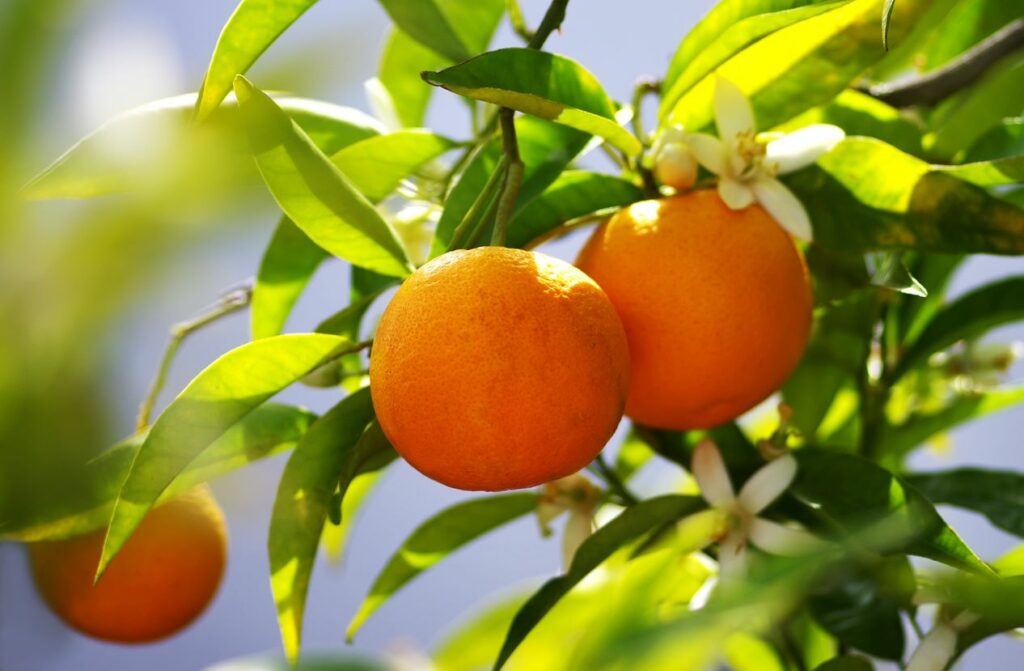
Sauvignon Blanc
On the other hand, Sauvignon Blanc is a dry white wine known for its crisp acidity and distinctive herbal flavors. It is native to the Bordeaux region of France, although New Zealand has gained fame for its production of high-quality Sauvignon Blanc. The wine’s dominant flavors include grapefruit, passionfruit, and green bell pepper, though they can vary based on the region. Due to its acidity, Sauvignon Blanc pairs exceptionally well with seafood, salads, and other light dishes.

When it comes to food pairing, Moscato and Sauvignon Blanc offer contrasting experiences. Moscato’s sweetness and low alcohol content make it a delightful companion to desserts, spicy dishes, and fruit-based plates. In contrast, Sauvignon Blanc’s crisp acidity serves as a palate cleanser, making it an ideal choice for seafood, poultry, and vegetable dishes.

In summary, Moscato and Sauvignon Blanc represent different ends of the white wine spectrum. Moscato is a sweet, lower-alcohol option with fruity aromas, while Sauvignon Blanc is a dry, acidic wine with bold herbal flavors. Their distinct profiles provide wine enthusiasts with diverse options to suit various occasions and culinary preferences.
Origins and Varieties
Moscato and Sauvignon Blanc are two distinct and popular white wine varietals with origins in different parts of the world. Moscato, also known as Muscat, is an aromatic grape variety primarily grown in Italy, while Sauvignon Blanc originated in France.

Moscato
Moscato is an ancient grape variety grown predominantly in Italy, particularly in the Asti region. This aromatic and sweet wine is also produced in other countries, such as France, California, and Australia, with each region offering its unique flavors and characteristics. There are several Moscato varietals, including:
- Moscato d’Asti: A sparkling, semi-sweet wine from the Piedmont region of Italy
- Moscato Giallo: A yellow-skinned grape producing a slightly drier wine, often found in northeastern Italy
- Moscato Rosa: A rare red-skinned grape variety found in northern Italy, producing highly aromatic and dessert-style wines

Sauvignon Blanc
This grape has its roots in the Loire Valley and Bordeaux regions of France. This crisp and refreshing wine is now produced in various wine regions around the world, including California, Australia, and New Zealand. Sauvignon Blanc is known for its strong flavors of citrus, tropical fruit, and herbaceous notes. There are different styles of Sauvignon Blanc, which can vary based on factors such as region and winemaking techniques. Some notable Sauvignon Blanc wines include:
- Sancerre and Pouilly-Fumé: French wines from the Loire Valley, known for their flinty and mineral qualities
- Marlborough Sauvignon Blanc: A popular and fruity style from New Zealand, characterized by intense flavors of passion fruit and gooseberries
- California Sauvignon Blanc: Often more tropical and sometimes aged in oak barrels for a creamy texture

In summary, both Moscato and Sauvignon Blanc have unique and diverse origin stories, with different varieties and styles of wines within each category. Moscato primarily hails from Italy, while Sauvignon Blanc has its origins in France. Both varietals have expanded beyond their original regions, with exceptional examples found in California, Australia, and other wine-producing countries around the world.
Grape Characteristics
Moscato and Sauvignon Blanc are two distinct types of wine grapes that produce wines with varying characteristics based on where they are grown and how they are made. These grapes possess different attributes that contribute to the unique taste profiles of the wines they produce.
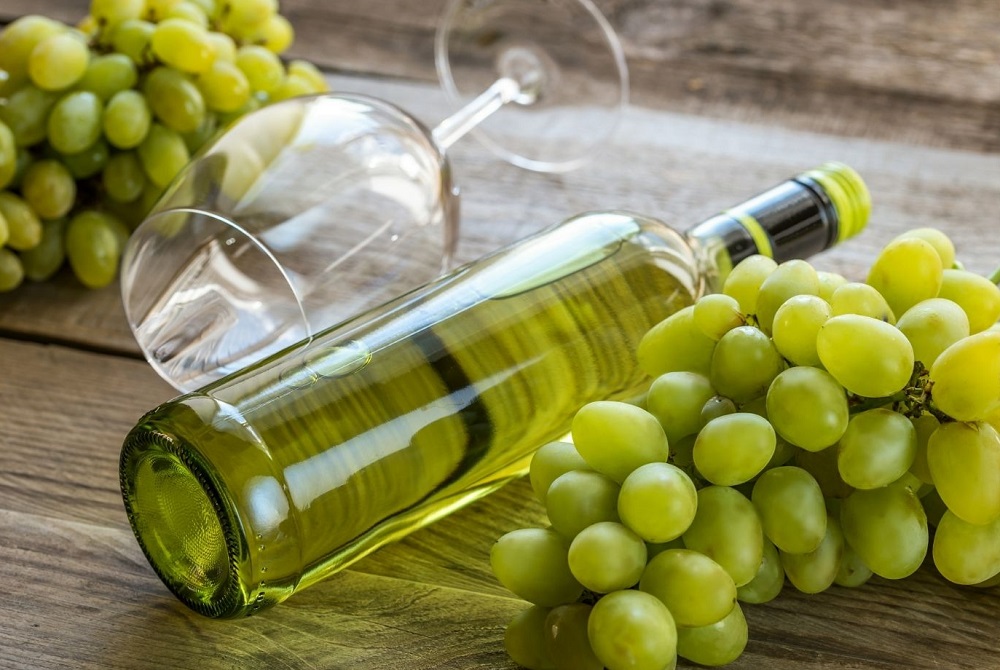
Moscato, also known as Muscat grapes, is an ancient grape variety with over 200 different strains in its family. Moscato grapes are known for their sweet, fruity flavors and floral aromas, which make them particularly popular for dessert wines. The taste profile of Moscato wine often includes notes of peach, orange blossom, and green apple. The grape skins are thin and delicate, which contributes to the light, refreshing nature of the wine. Moscato wines typically have a lower alcohol content compared to other varieties.

Sauvignon Blanc is a green-skinned grape variety that originates from the Bordeaux region of France. Sauvignon Blanc grapes are famous for their high acidity and vibrant flavor profiles, featuring pronounced notes of green apple, gooseberry, and citrus. The thicker grape skins of Sauvignon Blanc contribute to its more prominent structure and pronounced herbaceous characteristics. The wines produced from this grape variety range from crisp and refreshing to full-bodied and complex, depending on factors such as climate and winemaking techniques.
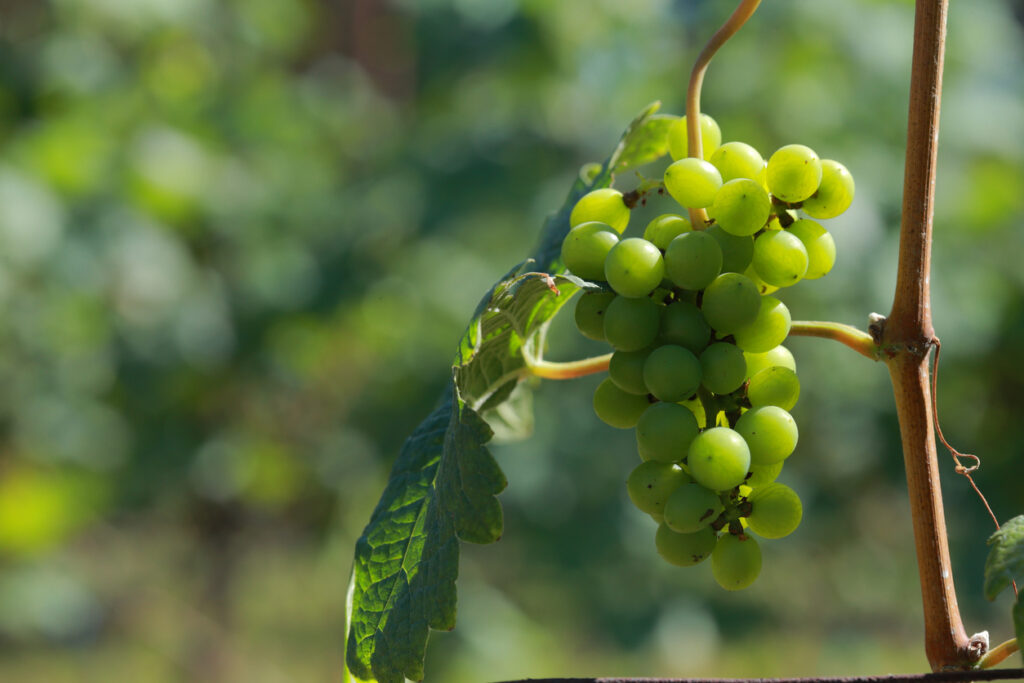
In summary, Moscato and Sauvignon Blanc grapes exhibit distinct characteristics that contribute to the flavors and aromas of the wines they produce. Moscato grapes offer sweet, fruity, and floral profiles, while Sauvignon Blanc grapes provide vibrant, green apple, and herbaceous notes. The difference in grape skins also plays a role in the overall structure and mouthfeel of the wines created from these two grape varieties.
Flavor Profile and Sweetness
Moscato and Sauvignon Blanc are two popular types of white wine, each having distinct flavor profiles and sweetness levels. Moscato, originating from Italy, is known for its sweet and fruity characteristics. Often considered a dessert wine, it typically exhibits flavors of peach, orange blossom, and nectarine, making it a popular choice for those who enjoy sweet wines.
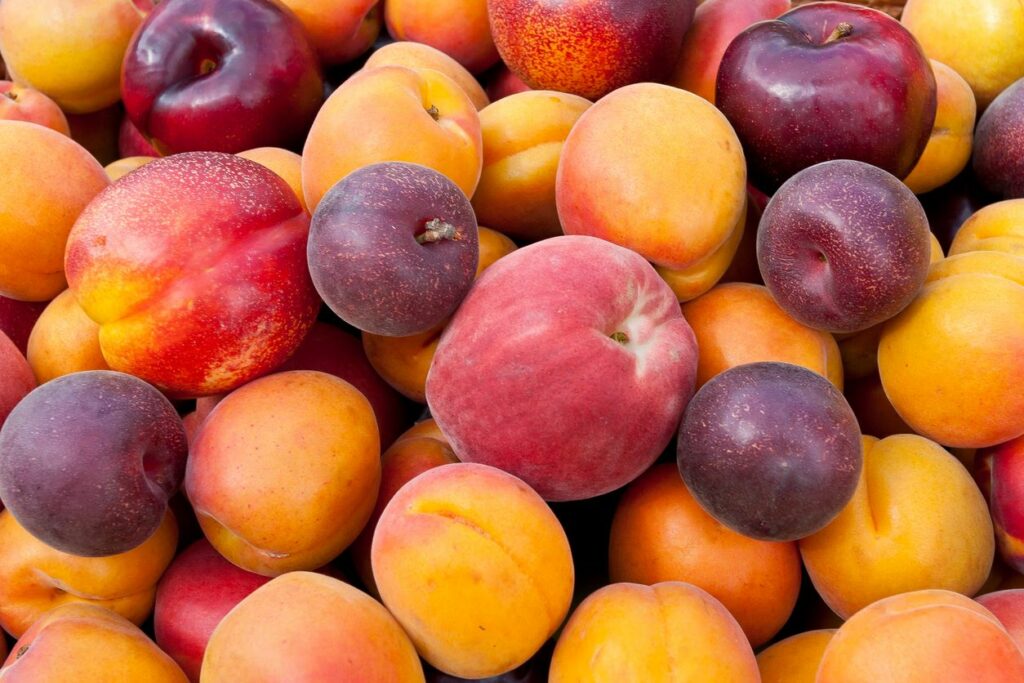
Flavor of Moscato vs Sauvignon Blanc
In contrast, Sauvignon Blanc, hailing from France, is typically a dry and crisp wine. Its flavor profile often includes citrusy notes such as grapefruit, lime, and green apple. While Sauvignon Blanc can occasionally exhibit some sweetness, it is generally known for its refreshing acidity and mineral undertones rather than being characterized as a sweet wine.

When it comes to fruitiness, both Moscato and Sauvignon Blanc offer a range of flavors. Moscato, known for its aromatic nature, tends to showcase stone fruits and tropical fruits like lychee. Conversely, Sauvignon Blanc emphasizes more zesty and green fruit flavors. It is worth noting that various factors, such as the vineyard’s location and climate, can influence the expression of fruit flavors in wines.
Sweetness of Moscato vs Sauvignon Blanc
The sweetness levels of these two wines also differ significantly. Moscato is classified as a sweet wine, with residual sugar levels reaching up to 120 grams per liter in some cases. This sweetness is balanced by the wine’s natural acidity, preventing it from becoming cloying. Sauvignon Blanc, on the other hand, is often made in a dry style, having little to no residual sugar. However, some producers may create off-dry or semi-sweet versions of Sauvignon Blanc, which contain slightly higher sugar levels.
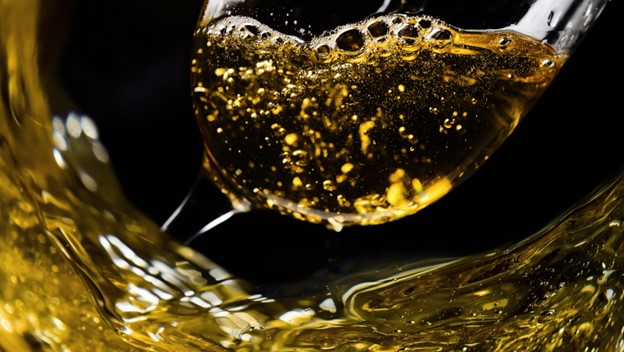
In summary, Moscato and Sauvignon Blanc offer contrasting flavor profiles and sweetness levels. Moscato is a sweet and fruity wine that is well-suited for dessert pairings, while Sauvignon Blanc offers a dry, crisp, and citrusy experience, making it a versatile choice for various occasions and food pairings.
Alcohol Content and Body
Moscato and Sauvignon Blanc are both white wines, yet they differ significantly in their alcohol content and body.
Moscato typically has a lower alcohol content, with an average alcohol by volume (ABV) ranging from 5% to 8%. This low alcohol level contributes to Moscato’s light body, making it a popular choice for those who prefer a less intense wine experience. Light-bodied wines are often refreshing and easy to drink, making Moscato an ideal choice for warm weather or casual events.

On the other hand, Sauvignon Blanc usually has a higher alcohol content, with ABVs ranging from 12% to 14%. The higher alcohol levels result in a more medium-bodied wine, providing a richer and more robust taste experience. This characteristic makes Sauvignon Blanc well-suited for pairing with a wide variety of foods and occasions.

It is important to note that these alcohol ranges and body descriptions are general guidelines and may vary among specific wines and producers. However, understanding the typical differences in alcohol content and body between Moscato and Sauvignon Blanc can help wine enthusiasts make a more informed decision when choosing their preferred option.
Acidity and Tannin
Moscato and Sauvignon Blanc wines are both known for their unique characteristics, particularly when it comes to acidity and tannin levels. Understanding these properties will help when choosing the appropriate wine for different tastes and occasions.

Acidity
Moscato, originating from the Piedmont region in Italy, is a sweet and fruity wine. Its acidity is generally lower compared to Sauvignon Blanc. The low acidity level in Moscato makes the wine taste less sour, giving it a sweeter flavor profile. Moscato wines are made from the Muscat grape, which boasts a distinct floral aroma. This wine varietal typically has little to no tannin presence, making it an easy-drinking and approachable choice for many wine drinkers.

On the other hand, Sauvignon Blanc is known for its high acidity, which contributes to a refreshing, crisp taste. This white wine originates from the Bordeaux region in France but is now grown worldwide in various climates. The sour flavor in Sauvignon Blanc comes from its high acidity and can range from tart green apple to zesty citrus notes. In addition, the wine can have herbaceous flavors like green bell pepper and grassy notes.
Tannins
While both Moscato and Sauvignon Blanc are white wines, their tannin levels differ significantly. Tannins are natural compounds found in grape skins, seeds, and stems, contributing to the wine’s astringency and bitterness. Moscato typically exhibits low tannin levels due to its sweeter nature and the absence of significant skin contact during winemaking process. Conversely, Sauvignon Blanc can have slightly higher tannin levels, attributed to factors like oak aging and grape varietal. However, in general, white wines tend to have lower tannin levels compared to red wines.
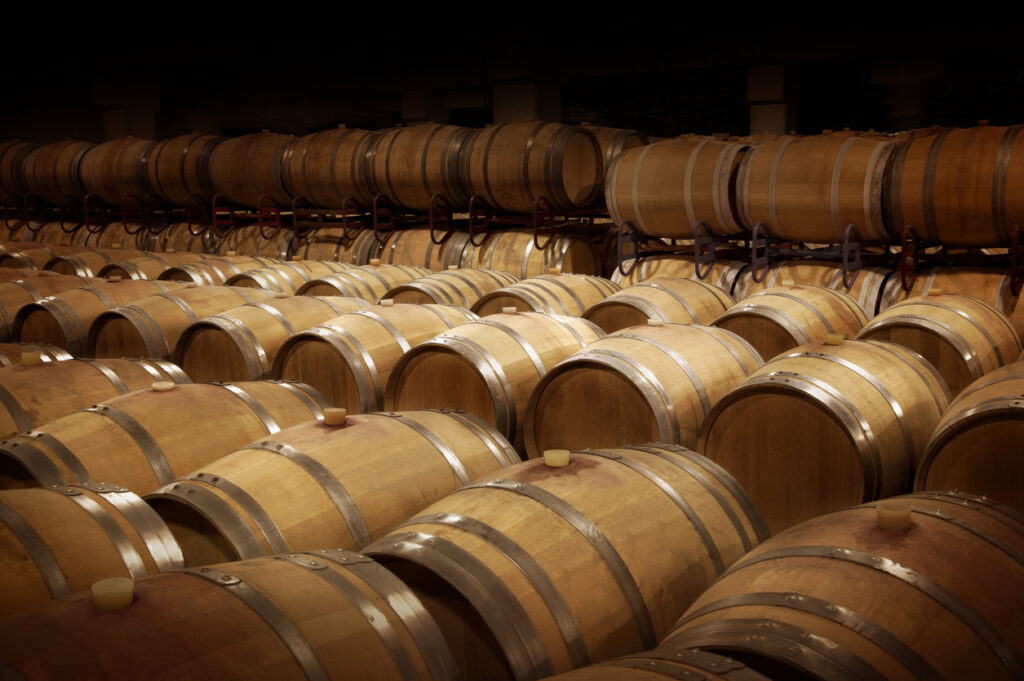
In summary, Moscato and Sauvignon Blanc exhibit distinctive differences in acidity and tannin levels. Moscato has a sweeter, less sour flavor profile due to its low acidity and minimal tannin content. Meanwhile, Sauvignon Blanc is characterized by its high acidity and refreshing, crisp taste, along with subtle tannin presence. These variations and unique traits cater to individual preferences and make each wine suitable for specific food pairings and occasions.
Wine Types and Styles
Wine is a diverse beverage with a wide range of styles, flavors, and characteristics. There are several main types of wine, including still, sparkling, fortified, and rosé. Within these broad categories, there are countless varietals and blends, each with unique flavors and profiles.

Food Pairing Recommendations
Moscato and Sauvignon Blanc have distinct flavor profiles, making them suitable for different food pairings. Selecting the ideal dish to complement your wine enhances the dining experience and brings out the best flavors in both.
Moscato is a sweet, fruity wine with a light effervescence. Its delicate, floral taste pairs excellently with:
- Desserts: Fruit-based desserts, such as fruit tarts and cobblers, accentuate Moscato’s sweetness and fruity notes.
- Spicy Dishes: Thai and other spicy cuisines can be balanced by the sweetness of Moscato, creating a harmonious flavor.
- Cheese: Mildly salted and creamy cheeses, such as brie, camembert, or gouda, contrast with Moscato’s sweetness.

On the other hand, Sauvignon Blanc is a crisp, dry, and often citrusy wine. It is versatile and matches well with a range of dishes:
- Seafood: Light, delicate fish dishes, such as grilled or poached fish, or shellfish, highlight the wine’s zesty qualities.
- Chicken: Simple, herb-roasted chicken with lemon and garlic brings out Sauvignon Blanc’s bright acidity.
- Vegetarian: Vegetarian dishes, such as fresh, leafy salads or grilled asparagus, emphasize the wine’s crispness and refreshing taste.
- Cheese: Tangy, goat, and sheep’s milk cheeses pair well with Sauvignon Blanc, creating a balanced, dynamic flavor combination.

Both Moscato and Sauvignon Blanc can be enjoyed with a variety of dishes. Discovering your preferences and experimenting with food pairings allows you to fully appreciate and enjoy these delightful wines.
Serving and Storage Tips
Moscato and Sauvignon Blanc are both refreshing and versatile wines, making them excellent choices for a variety of occasions and food pairings. To fully enjoy these wines, it’s essential to serve and store them properly. Here are some tips to ensure the best possible experience with both Moscato and Sauvignon Blanc.

Serving Temperatures
To truly appreciate their refreshing qualities, serve Moscato and Sauvignon Blanc chilled. Aim for a temperature of 45-50°F (7-10°C) for Moscato and 50-55°F (10-13°C) for Sauvignon Blanc. Avoid serving them too cold, as this can negatively impact the taste and aroma.
Glassware
Use the proper glassware to enhance the wine’s aroma and flavor. A wine glass with a narrow bowl and a long stem is ideal for Moscato, while a larger, more open glass is recommended for Sauvignon Blanc. This allows for proper swirling and enhances your ability to capture the wine’s unique bouquet.
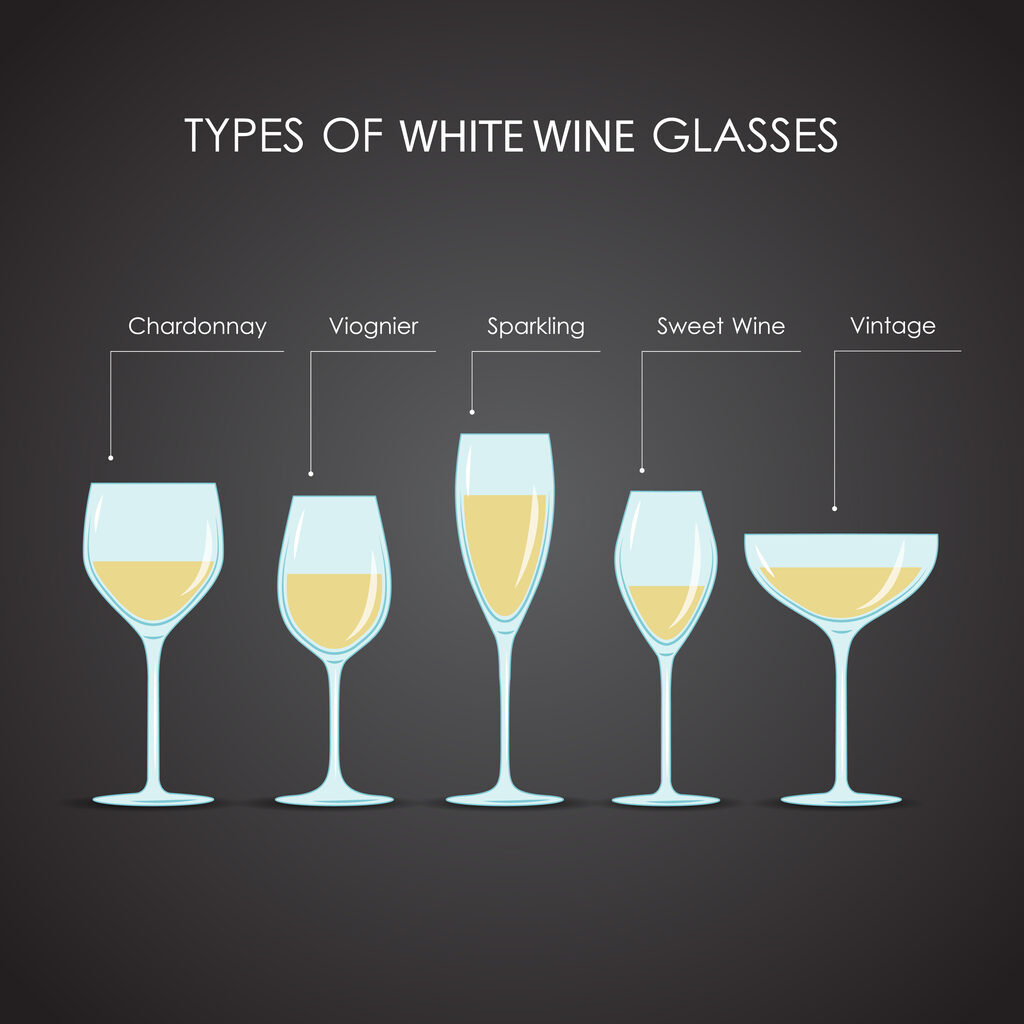
Decanting
Decanting, while not always necessary, can help aerate the wine and release its full flavor potential. This process is generally more beneficial for bold red wines but can also enhance Sauvignon Blanc by ensuring the wine is exposed to sufficient oxygen.
Pairing with Food
Moscato’s sweet and fruity characteristics make it an excellent accompaniment for spicy dishes, light desserts, and fruit salads. On the other hand, Sauvignon Blanc’s crisp acidity and herbal notes pair well with seafood, chicken dishes, and salads – making it a versatile choice for various meals.

Storage
Both Moscato and Sauvignon Blanc should be stored in a cool, dark place, ideally between 55-59°F (13-15°C). Keeping them away from direct sunlight is crucial, as this can negatively affect the wine’s flavor profile. Additionally, store both wines horizontally to keep the cork moist and maintain an airtight seal to prevent spoilage.
By following these serving and storage tips, you can enhance your wine-drinking experience and fully appreciate the unique qualities of both Moscato and Sauvignon Blanc.
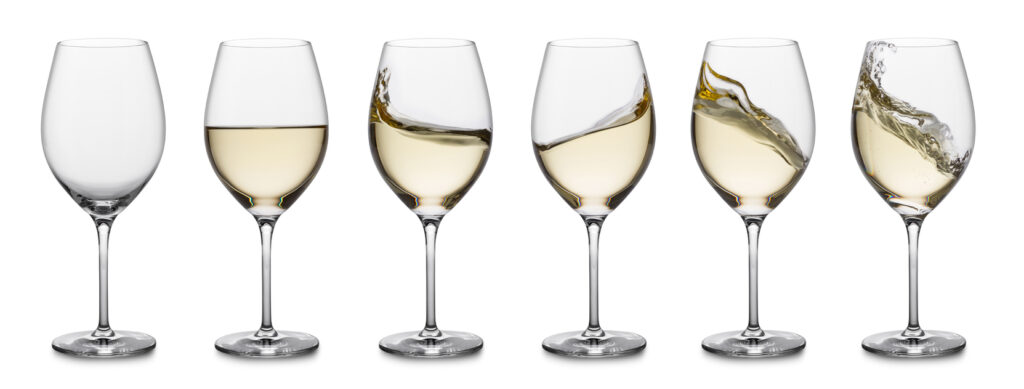
Common Misconceptions and Criticisms
Moscato and Sauvignon Blanc wines are often misunderstood due to several misconceptions and criticisms that are commonly put forth, particularly by wine enthusiasts who may harbor biased views. This section aims to clarify some of these misconceptions with a confident, knowledgeable, and neutral tone.
Moscato is just a sweet, dessert wine
One of the most common misconceptions is that Moscato wine is only suitable for dessert courses or for those with a sweet tooth. While it is true that it is generally sweeter than Sauvignon Blanc, it is versatile enough that it can be enjoyed as an aperitif or paired with various savory dishes. Moscato’s sweetness can help to balance spicy or strong flavors in a meal.

Sauvignon Blanc is too acidic and one-dimensional
Critics of Sauvignon Blanc may argue that it is too acidic and lacks complexity in its flavor profile. However, this is a vast oversimplification as the acidity in Sauvignon Blanc can provide a crisp, refreshing quality that pairs exceptionally well with a range of cuisines. Additionally, the flavor profile of Sauvignon Blanc can vary depending on the region and climate in which the grapes grow, creating diverse expressions of the wine.

Wine snobs only drink Sauvignon Blanc
It is important to recognize that personal taste and preferences play a crucial role in one’s appreciation of wine. Labeling Sauvignon Blanc as a wine exclusively for “wine snobs” is unfair and diminishes the variety of experiences that can you can derive from tasting different wines, including Moscato. Both Sauvignon Blanc and Moscato have unique characteristics that all wine lovers can appreciate.
In conclusion, dispelling these misconceptions and criticisms surrounding Moscato and Sauvignon Blanc wines is essential for a deeper understanding and appreciation of these two distinct varieties. This allows personal preferences to guide wine selection without the influence of prejudice or bias. This can enrich the overall wine-tasting experience.

